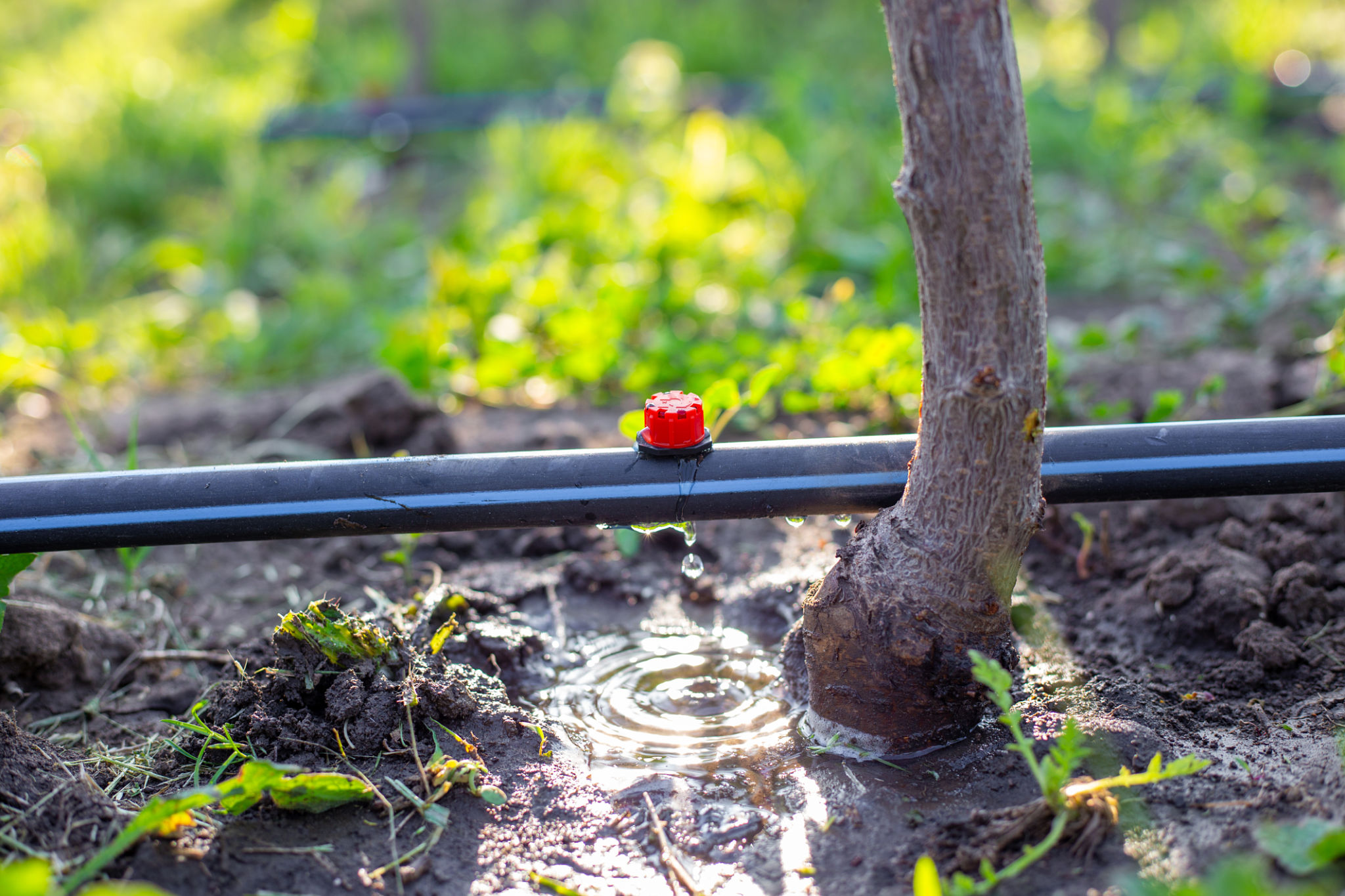Spring Planting Tips for Farms in Florida: Maximizing Your Yield
Understanding Florida's Unique Climate
Farming in Florida comes with its own set of challenges and opportunities, largely due to the state's unique climate. With mild winters and hot, humid summers, planting in spring can be incredibly rewarding if done correctly. Understanding the local climate and soil conditions is crucial for maximizing your yield during the spring planting season.
Florida's climate is categorized as humid subtropical in the north and tropical in the south. This means that while frost might be a concern in some northern areas, it is less so in the south, allowing for a wider range of crops to be planted. However, the high humidity can also bring challenges such as increased pest activity and diseases.

Choosing the Right Crops
Selection of crops is a key factor for successful spring planting. Consider crops that are well-suited to Florida's climate and soil. Some popular choices include tomatoes, peppers, cucumbers, and sweet corn. These crops thrive in Florida’s warm temperatures and can yield bountiful harvests if properly managed.
When choosing crops, it's important to consider the soil type of your farm. Florida soils can range from sandy to loamy, each with its own nutrient profile and drainage capabilities. Conducting a soil test can help determine which crops will perform best in your specific conditions.

Preparing the Soil
Proper soil preparation is essential for a successful planting season. Start by clearing any debris and tilling the soil to improve aeration and drainage. Adding organic matter such as compost or well-rotted manure can enhance soil fertility and structure.
Soil pH is another critical factor. Most crops prefer a pH between 6.0 and 7.0. If your soil test indicates a pH outside this range, you may need to amend it with lime or sulfur to achieve optimal conditions for plant growth.
Timing Your Planting
Timing is everything in agriculture. In Florida, the optimal planting time varies depending on your location within the state and the specific crops you intend to grow. For most crops, mid-March to April is generally ideal for planting as the risk of frost diminishes.
Keep an eye on local weather forecasts and be prepared to adjust your planting schedule accordingly. Early preparation can make a significant difference in ensuring your crops get off to a strong start.

Pest and Disease Management
The warm, humid conditions in Florida can also lead to increased pest and disease pressure. Implementing an integrated pest management (IPM) approach can help mitigate these challenges. This includes regular monitoring of crops, using resistant varieties, and employing biological control methods where possible.
It's also important to rotate crops each season to prevent the build-up of soil-borne pests and diseases. Crop rotation can disrupt pest life cycles and reduce reliance on chemical pesticides.
Irrigation Strategies
Effective irrigation is critical in Florida's variable climate. Drip irrigation systems are highly recommended as they deliver water directly to the plant roots, reducing evaporation and water waste. This method is particularly beneficial during dry spells common in late spring and early summer.
Ensure that your irrigation system is well-maintained and functioning correctly before the planting season begins. Regular checks can prevent unexpected issues during critical growth periods.

Harvesting Tips
Once your crops reach maturity, timely harvesting is crucial for maximizing yield and quality. Each crop has its own indicators for ripeness, so familiarize yourself with these signs to ensure you harvest at the optimal time.
Proper post-harvest handling is also vital to maintain the quality of your produce. This includes careful sorting, packing, and storage practices to extend shelf life and reduce spoilage.
By understanding Florida's unique climate challenges and opportunities, selecting appropriate crops, and employing best practices for soil preparation, pest management, irrigation, and harvesting, you can achieve a successful spring planting season on your farm.